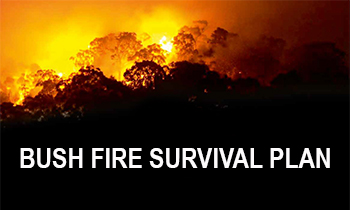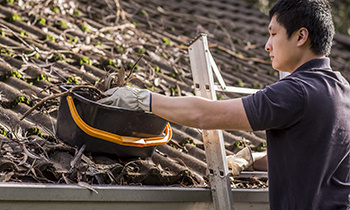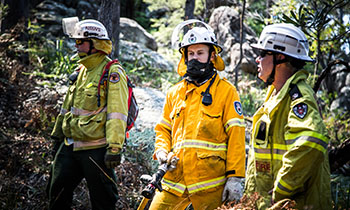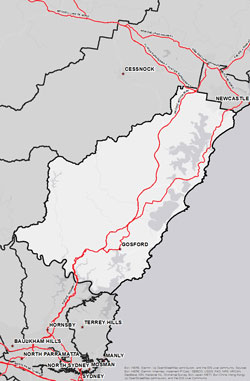Why we need a plan
Bush Fire Risk Management Plans are an effective instrument for managing risk to human activity and valued community and environmental assets. They are a key component in a multifaceted bush fire management approach for NSW.
Developed using robust data and sophisticated technology and modelling, the plans determine risk factors and develop solutions that best mitigate them.
Feedback from the exhibition of a draft plan for Central Coast is currently being assessed. Public feedback will be taken into consideration as the plan is finalised by the Central Coast Bush Fire Management Committee before being sent to the Bush Fire Coordinating Committee for review.
Current Bush Fire Risk Management Plan for Central Coast
The Bush Fire Risk Management Plan for Central Coast was approved on 1 December 2020.
This plan identifies the bush fire risks in each location and sets out the types of work scheduled to deal with the risk of bush fires.
BFRMP are updated within every five-year period, however, the treatments and works set out in the plans are subject to change on a yearly basis due to fire activity, weather and new risk factors. This plan may not have been updated with latest treatment information.
Central Coast BFMC is made up of a range of stakeholders from the area including emergency services, land management agencies, local government and local aboriginal land services, and local community groups. This ensures key community stakeholders have a say on bush fire management activities for the benefit of their communities.
Central Coast BFMC is made up of the following representatives:
- NSW Rural Fire Service
- Fire and Rescue NSW
- NSW National Parks and Wildlife Service
- Forestry Corporation of NSW
- NSW Department of Planning, Housing and Infrastructure (Crown Lands)
- Central Coast Council
- Lake Macquarie Council
- NSW Police Force
- Nature Conservation Council of NSW
- Sydney Trains
- Transport for NSW
- Local Land Services
- Local Aboriginal Land Councils
- Ausgrid
- Transgrid
- Delta Electricity
- NSW Department of Planning, Housing and Infrastructure (Office of Strategic Lands)
- NSW Farmers' Association
The Central Coast Bush Fire Management Committee (BFMC) area spans around 243,700 hectares (ha). The area covers the Local Government Areas (LGAs) of Central Coast and Lake Macquarie and features National Parks, Conservation Areas and Nature Reserves covering an area of 59,717ha (24.5% of BFMC area) and State Forests covering an area of 62,975ha (25.8% of BFMC area).
The Central Coast area has approximately 70.2% bushland and 9.2% grassland with the balance being the built environment or water bodies. A bush or grass fire can happen at any time of the year, but the risk is higher during the warmer months, when bush, grass or scrub is drier.
-
 According to the Australian Bureau of Statistics (ABS) 2021 Census Community Profile there are 232,307 residential dwellings in the Central Coast BFMC area with an approximate population of 528,498.
According to the Australian Bureau of Statistics (ABS) 2021 Census Community Profile there are 232,307 residential dwellings in the Central Coast BFMC area with an approximate population of 528,498. -
 According to the ABS data on the counts of Australian businesses, there were 18,672 businesses in the Central Coast BFMC. The top three industries in the BFMC are construction, professional, scientific and technical services and rental, hiring and real estate services, which make up approximately 50.78% of businesses in the Central Coast BFMC.
According to the ABS data on the counts of Australian businesses, there were 18,672 businesses in the Central Coast BFMC. The top three industries in the BFMC are construction, professional, scientific and technical services and rental, hiring and real estate services, which make up approximately 50.78% of businesses in the Central Coast BFMC. -
 The last major bush fire happened in the 2019/20 bush fire season with 30,974ha burnt.
The last major bush fire happened in the 2019/20 bush fire season with 30,974ha burnt. -
 There are several valuable community assets across the area along with a number of culturally significant sites and environmentally important sites.
There are several valuable community assets across the area along with a number of culturally significant sites and environmentally important sites.







